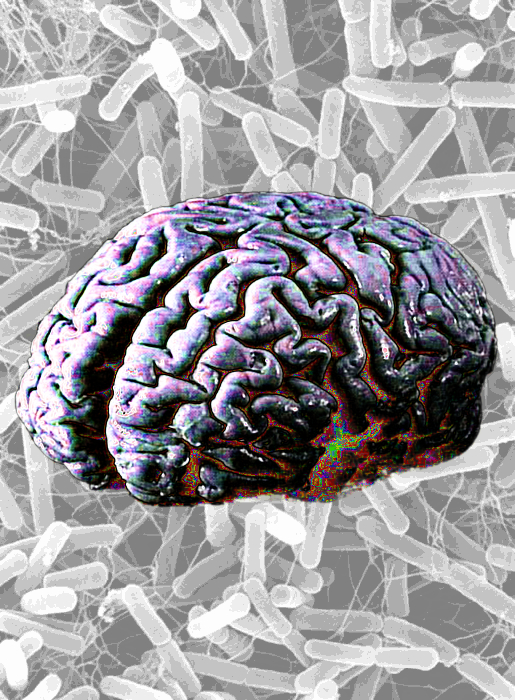Brain drug resistance reversed
 An exciting new discovery suggests that treatment resistance to a commonly used brain cancer drug can be reversed.
An exciting new discovery suggests that treatment resistance to a commonly used brain cancer drug can be reversed.
“I have been a researcher for about 20 years and this is by far the most exciting discovery where I can see the potential for this research to change lives,” said Senior Research Leader, Professor Sally-Ann Poulsen.
Professor Poulsen works on glioblastoma, an aggressive primary brain cancer.
The current standard chemotherapy drug used to treat glioblastoma is temozolomide (TMZ).
While the cancer may respond initially to TMZ, it quickly becomes resistant to this drug. Using an animal model of glioblastoma her team showed that it is possible to reverse the resistance to TMZ, and increase the overall survival rate.
In Australia, brain cancer kills about 1200 people each year – it kills more children than any other disease and kills more people under 40 than any other cancer.
Brain cancer also receives very little funding compared with other cancers and there is also minimal spending on care co-ordination or other infrastructure support for patients.
Working with the University of Turin in Italy, Prof Poulsen identified that a series of ‘pumps’ found on the surface of glioblastoma cells are responsible for the resistance to TMZ – the drug enters the cancer but is quickly pumped back out without reaching levels to be effective enough to kill the cancer cell.
Previous research by others has confirmed that the pump can be blocked, however this action has harmful consequences in other parts of the body where the pump is important to cells, and so this approach can cause serious side effects.
Prof Poulsen and the team discovered that the pump in glioblastoma sits beside a protein that helped it to work optimally; by blocking the protein instead, TMZ was able to enter the glioblastoma cell and work effectively without being pumped away.
“What was even better is that the ‘helper’ protein is very specific to the cancer, so the issue of harmful side effects is greatly lessened,” Prof Poulsen said.
“What patients really hope for is a drug that increases survival and quality of life, as many people with glioblastoma will typically die within three months of diagnosis if not treated. With treatment, the average survival rate is around 12-15 months, brought about through surgery where possible, radiation and chemotherapy with TMZ.
“Using this new method, we evaluated the impact on the overall survival and found it to be remarkably effective.”








 Print
Print